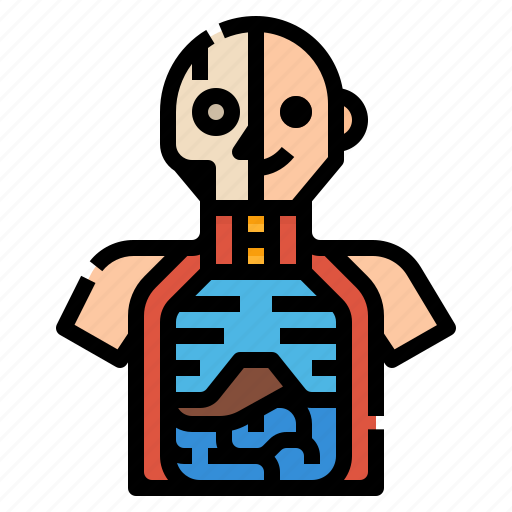The Anatomy and Physiology of Human Body chapter is one that students will find quite helpful in their studies. This section will review basic human anatomy and physiology, which are often not discussed in anatomy and physiology textbooks.
The chapters that go into the other three sections of Anatomy 1 are more difficult and students should be prepared for them. Most students take several weeks of study before they can take any of these advanced courses.
In the case of the Body Parts and Function chapter, students will need to understand how certain organs function, how they are connected, and how they interact with one another. The Body System chapter will focus on the circulatory system, the urinary system, the digestive system, the nervous system, and the immune system.
The Neuroanatomy and Neurophysiology chapter of the course focuses on all of the areas that students will encounter in everyday life. They will learn about the brain, the nervous system, the muscles, the bones, the heart, the lungs, and the kidneys.
Each of these chapters have different areas that students will need to research and understand. The topics will vary depending on what kind of information students need.
As the final exam in the course, students will need to create a chart of what they learned during the semester. Students can use a chart that contains information from the textbook or a chart that was created by an independent student of the course.
There are other resources that students can use to study the different aspects of anatomy and physiology. Students will want to research the different online labs that are available to take these labs. These labs will be easier to manage than the traditional labs because the assignments and tests will be given on online quizzes.
The last part of the course, which is called the Clinical Problems of Physiology, deals with the anatomy and physiology of the different conditions that can occur in the body. The chapters that deal with the stomach, bladder, kidney, colon, bowels, reproductive organs, and the nervous system will all be presented on this chapter.
Students should be familiar with medical terminology, but not memorize it all at once. Students should be able to understand it in terms of anatomy and physiology, but should also have a working knowledge of medical terminology.
Students who know a little bit about anatomy should not be afraid to ask their professors’ questions that they have on their minds. The professor should be willing to listen to their questions. If students do not feel comfortable asking questions, they can ask their classmates.
The class lecture is not the only way that students can practice the concepts learned in the course. Students can practice by taking a lab examination after they have completed the class.
The Anatomy and Physiology final exam will test students on how well they have done in understanding the material presented in the classroom. They will need to do this exam multiple times in order to get the highest score possible. After they have reached the end of the exam, they will get to look over their scores to see what they have accomplished.
Students will be able to take the exam at home by sitting at a desk in front of their computers. They can find instructions on how to take the exam on the exam preparation site. They will be able to get tips on how to maximize their time in taking the exam as well. Students can also take the exam multiple times if they have more than one student taking the same exam.
The Anatomy and Physiology final exam are very simple. There is no guessing involved with the exam and students will not have to read the whole textbook on their own. Instead, students will only have to read the information in the context that is explained in the book.
They should also be able to do a quick review before taking the exam. In other words, they should be able to go through the materials and do a quick review of the chapter before taking the exam.


